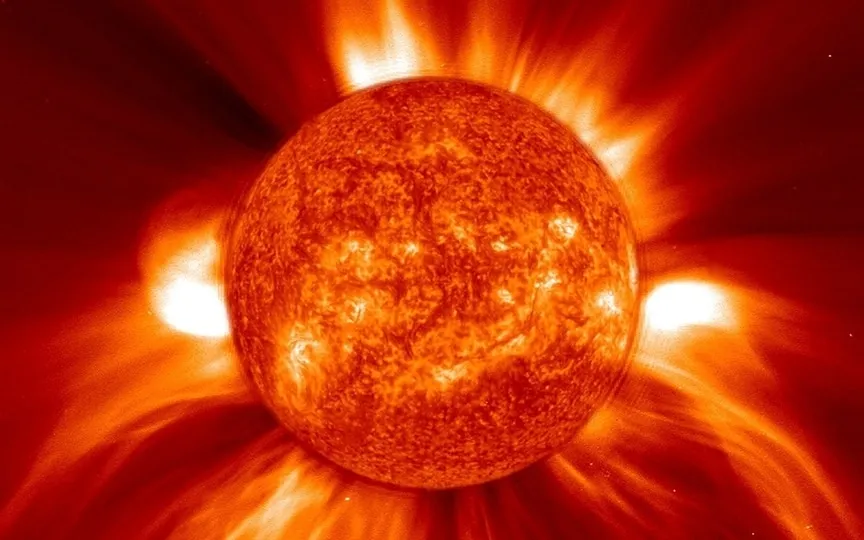NASA reveals that a volatile sunspot is ready to release a solar flare, potentially causing a solar storm.
Over the past two months, there has been a significant rise in solar activity as the Sun approaches its peak in the 11-year cycle known as the solar maximum. As a result, Earth has experienced an increase in solar particles, CMEs, solar flares, solar storms, and geomagnetic storms. Most recently, a G2-class geomagnetic storm caused auroras to appear over the Arctic Circle. NASA has now warned that a sunspot may release an M-class solar flare, potentially leading to a solar storm. Stay tuned for more information.
Solar storm
According to a report by spaceweather.com, NASA’s Solar Dynamics Observatory (SDO) predicted that a region on the Sun’s surface called Sunspot AR3595 may emit solar flares. There is a possibility that M class solar flares will hit the earth soon.
The report states: “Sunspot AR3595 has a ‘beta-gamma’ magnetic field that contains the energy for M-class flares. Because solar flares radiate directly from the flare site, if we see a flare, it could affect us.”
Are class M solar flares dangerous?
According to NASA, M class solar flares are moderate in intensity and can cause short radio outages. This is because when solar particles hit Earth, radio communications and the electrical grid are affected as they hit the planet’s magnetic field. It can cause power and radio outages for several hours or even days. An M-class solar flare can also be followed by small radiation storms.
Solar flares are classified according to their intensity on a logarithmic scale in the same way that earthquakes are measured. The smallest are the A-class, which occur near background levels, followed by B, C, and M, while the X-class flares are the most powerful. As on the Richter earthquake scale, each letter represents a 10-fold increase in energy production. Each letter class has a finer scale of 1-9.




